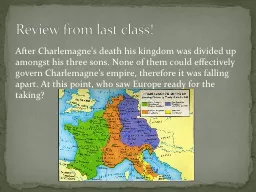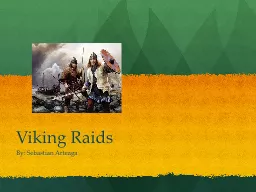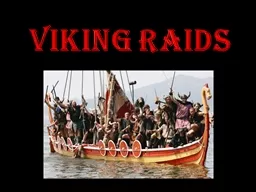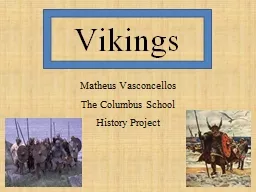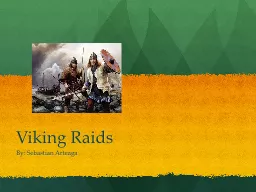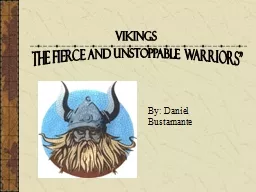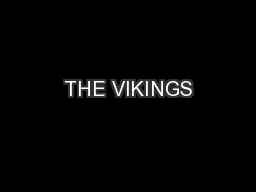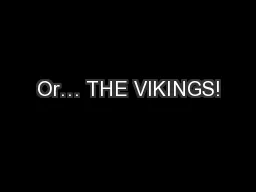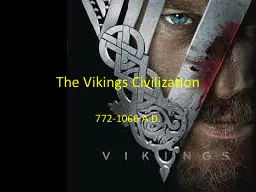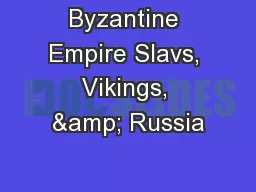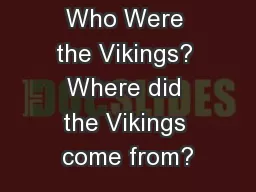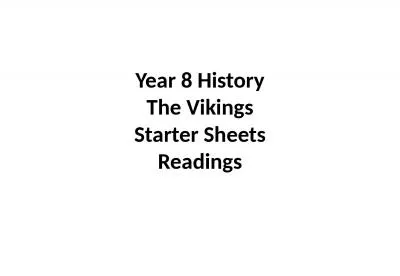PPT-OBJECTIVES: To understand who the Vikings were by using
Author : aaron | Published Date : 2019-11-29
OBJECTIVES To understand who the Vikings were by using the power point information to c omplete a 5 Themes of Civilization graphic organizer Standard Summarize
Presentation Embed Code
Download Presentation
Download Presentation The PPT/PDF document "OBJECTIVES: To understand who the Vikin..." is the property of its rightful owner. Permission is granted to download and print the materials on this website for personal, non-commercial use only, and to display it on your personal computer provided you do not modify the materials and that you retain all copyright notices contained in the materials. By downloading content from our website, you accept the terms of this agreement.
OBJECTIVES: To understand who the Vikings were by using: Transcript
Download Rules Of Document
"OBJECTIVES: To understand who the Vikings were by using"The content belongs to its owner. You may download and print it for personal use, without modification, and keep all copyright notices. By downloading, you agree to these terms.
Related Documents


